Do you like eating spicy foods? Or you don’t like foods that burn your mouth? Why would someone want to chew something that causes high levels of sting and pain in the mouth? No one actually knows when or why humans started eating hot peppers. Eating spices or any spicy food is like riding roller coasters. People enjoy the next thrill, even if the immediate sensation is unpleasant.
To know more about the different spices and how to categorize them, keep on reading!
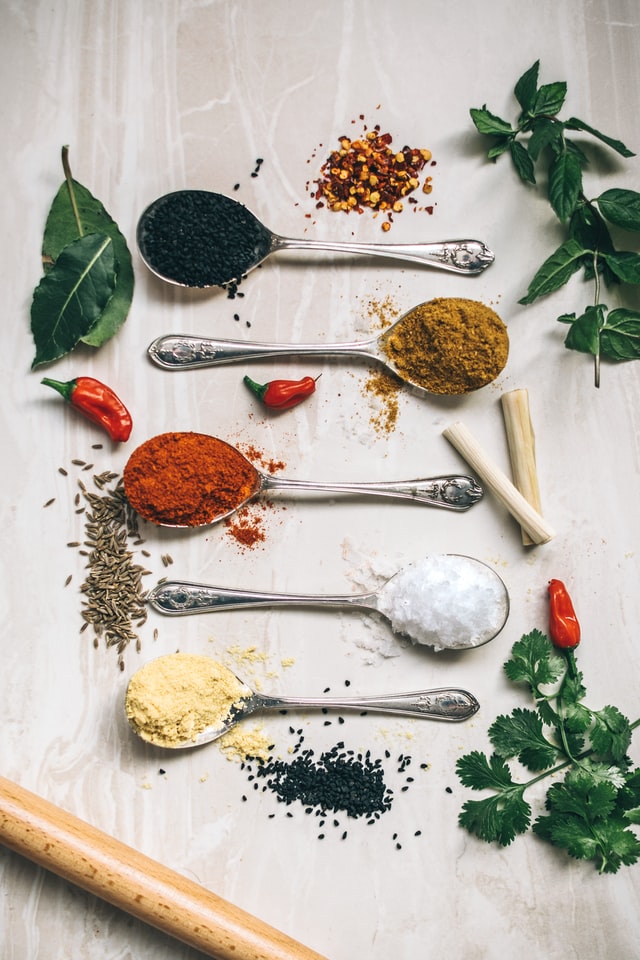
The History Of Spice
Archaeologists have researched and found spices, like mustard, along with human artifacts dating as far back as 23,000 years ago. But! They don’t know whether they used the spices, medication, food or medication, or decoration.
More recently, a 6,000-year-old pot lined with charred fish and meat also contained mustard. One theory said that humans started adding spices to food to kill bacteria. And some studies show that spice developed chiefly in warmer climates where microbes also happened to be more prevalent. Today is still a bit of mystery for some people. Some research has even shown that those who like to eat hot stuff are more likely to enjoy other adrenaline-rich activities.
The Science Of Spiciness
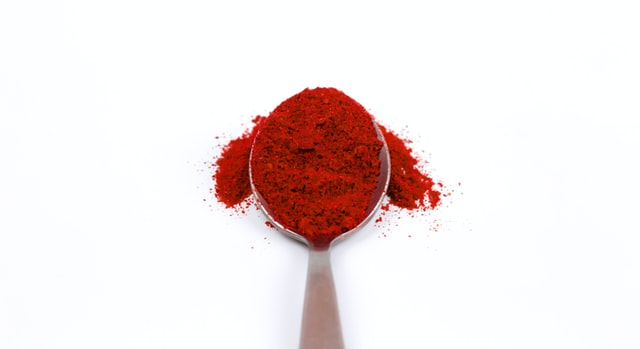
Why does our mouth feel like it is on fire when we try to eat a spicy pepper? And do you soothe the burn? Why does it make your eyes watery? How can you tell that the one you ate is the most intense of all the spices? So, what is spiciness?
Spicy, though we always say that it is a taste, is not actually a taste like salty or sweet. What is really happening is that certain compounds in spicy foods activate the type of sensory neuron called “Polymodal Nociceptors.” We have these all over our bodies, including the nose and mouth. These receptors are the same receptors that are being activated by so much heat.
So when you consume a chili pepper, your mouth feels like it is burning because the brain actually thinks your body is burning. The reversed reaction happens when you eat something with menthol in it. The cool minty compound activates the cold receptors.
When these heat-sensitive receptors are activated, the body will think it is in contact with the hazardous heat source and reacts correspondingly. This is the reason why you begin to sweat, and your heart starts beating faster. Also, most cases will make your eyes or nose watery.
You may notice that there are spicy foods that are not spicy in the same way. And the contrast lies in the types of combinations involved. The capsaicin and piperine found in black and chili peppers are made up of larger and heavier molecules. And these molecules mostly stay in the mouth. Mustard, wasabi, and horseradish are made up of smaller molecules that effortlessly float up into your sinuses. That is why chili peppers burn your mouth, and wasabi burns your nose.
What Are Spices?
Everybody knows what spice is. It is something you pull out of your cardboard to add to your food when you want to make it taste better. In cooking, seasoning is the process of adding a substance to food that enhances the flavor and helps preserve it. Also, it may add an attractive color along the way. Well spices, which are also seasonings, are also a part of the organic world.
Spices are mostly dried, crushed, and ground into powder. Parts of plants contain aromatic oils, and these oils make your taste buds feel alive. But, they are also designed by Mother Nature to serve as a protection against microorganisms. It is like killing two birds with one stone because it works by dressing up your food with spice and killing microbes at the same time. So to speak, creating a better taste and prolonging the goodness of your leftovers until the next meal.
Sources Of Spices

The plant parts that are used for producing spices can be fruits, seeds, flowers, bark, or roots of aromatic plants. For example, black pepper or peppercorn is the cooked and dried fruit of a tropical vine called Pipernigrum vine. They are seeds of the ripe Pipernigrum fruits, while green pepper is the dried unripe fruit of the same vine.
🌱 Peppercorn
Red peppercorns are also dry fruits but from a completely different plant. The Peruvian pepper tree Schinus molle is also called California Pepper Tree. This graceful evergreen tree is commonly used as an ornamental tree in California.
🌱 Clove and Saffron
On the other hand, cloves are the flower buds of the tree Syzygium aromaticum in the Myrtle species of plants that is prominent in Indonesia. Next is Saffron. This is the most pricey spice by weight. It is derived from parts of the Crocus flower, which is why is it is commonly named Saffron Crocus. The vivid stigma and styles or threads are collected and dried to be used mainly as a seasoning and coloring agent in food.
🌱 Red pepper
There is a wide variety of ground red pepper spice, which comes from the fruit and seed of peppers from the Capsicum family. Some peppers are cayenne and chili peppers.
🌱 Cinnamon and Turmeric
Cinnamon is a type of spice that came from the inner bark of several tree species from the genus Cinnamomum of the Laurel family of plants that is primarily grown in Indonesia and China. At the same time, turmeric powder is the dried and ground rhizomes or underground parts of the stem of the turmeric plant.
🌱 Celery
The celery powder spice is made from a celery plant’s dried and ground roots.
🌱 Others
And then, there are herbs that are mainly composed of leaves with some stem of aromatic plants. These are also used as seasonings. Most herbs, such as basil or parsley, come from herbaceous plants, which have plants with no woody stems. But if you do come from woody plants, such as bay leaf and Rosemary, the same plant can produce both herbs and spices. But this depends on what part of the plant is being used.
Difference Of Herbs and Spices
There is an array of sources where you can get spices for your food. But if they came from plants, aren’t they must call herbs?
Cilantro, either fresh green or fried leaves, is an herb. But Coriander, which is the seed of Cilantro, is a spice. And the dried ground herbs used in cooking recipes are sometimes called spices. The terminology of an herb and spice has essentially as the spice is usually called an herb when used medicinally. The word “herb” evokes a meditative feeling of calm and communicates healing. The term “spice,” on the other hand, conveys the excitement and festive celebration. It arouses curiosity and anticipation of something new.
As the word spice excites our minds, so the taste of spices also excites our tongue and makes our gastric juices rise.
Classification Of Spices
🔴Hot Spices🔴
🌶️ Cayenne pepper
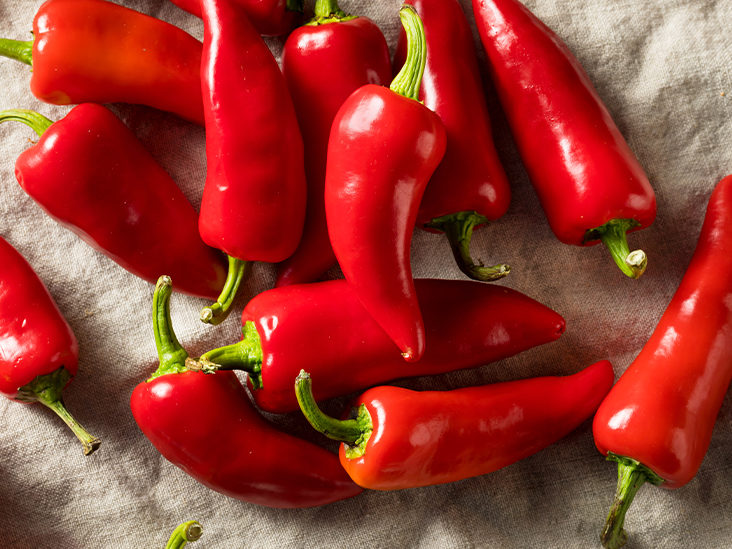
In comparison to the hottest chili, cayenne pepper is relatively mild. It is approximately 12 times spicier when compared to a jalapeno. When compared to standard store ground red pepper, cayenne pepper is often hotter. Crushed red pepper or flakes are usually manufactured from up to four distinct chilies, whereas cayenne powder is created exclusively from cayenne pepper only.
According to research, cayenne pepper intake boosts blood flow, strengthens veins, and lowers plaque accumulation in the arteries. Increased intake of cayenne pepper treatments, on the other hand, has been associated with severe side effects in people with irregular pulse rates and raised blood pressure.
🌶️ Hot paprika
Hot paprika is created from hot pepper varietals that carry a punch. Smoked paprika is prepared from peppers that have been smoked and dried. It adds a smokey taste to the food that may or may not be accompanied by a spicy heat. The hot paprika is similar to ordinary paprika.
However, it is created using hot peppers that are dried and processed into a fine chili powder, which is ideal for adding spice and flavor to a variety of recipes. Each array of paprika has a distinct flavor and spice level, making it suitable for usage in specific cuisines and purposes. Cayenne pepper is usually often believed to be hotter and spicier than paprika pepper.
🌶️ Fennel

Fennel has a slight taste like licorice and a crisp texture when raw. When it is cooked, the aroma becomes milder, and the texture softens. You may cook fennel in a variety of ways, including sautéing, braising, baking, and adding to soups. The delicate leaves have a gentler flavor and may be included as a topping in soups and even on salads. The fennel bulb looks similar to an onion and maybe cut in the same way.
Although technically, all plant parts are palatable, most individuals discover the stems to be too rough and fibrous to consume. The minced leaves can also be used to enhance your salads, sauces, broths, and pasta dishes. It is also used to treat a variety of digestive issues, including indigestion, acid reflux, bloating, lack of appetite, and newborn colic. Lastly, fennel is used to treat respiratory infections, allergies, asthma, diarrhea, rheumatism, bedwetting, and vision difficulties.
🔴Aromatic Spices🔴
🫑 Rosemary
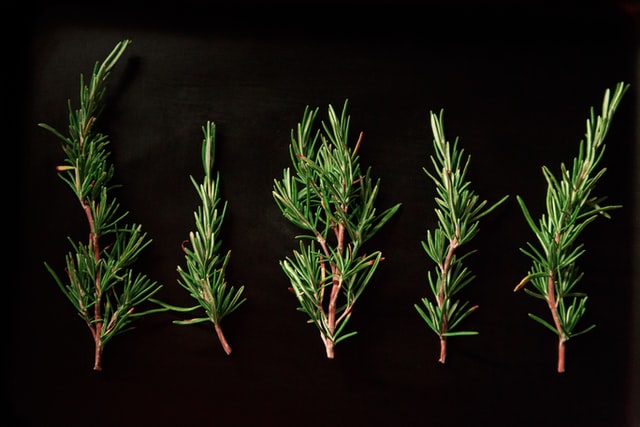
Rosemary is an aromatic green herb that is used in cooking, perfume making, and for its therapeutic potentials. It is used to flavor meals, including soups, pasta dishes, greens, and pies. Rosemary is frequently served with chicken, beef, bacon, hamburgers, and fish, particularly oily seafood. It also complements rice, mushroom, shallots, beans, carrots, and spinach.
If you wonder about its taste, there is no other taste like Rosemary. This fragrant plant contains notes of citrusy, lavender, woody, mint, peppery, and sage. In fact, to have richer the flavor of Rosemary builds, you need more prolonged boiling of it. If it is being cooked for so long, the aroma becomes bitter, similar to medication. To infuse the freshness and pine taste that Rosemary provides, it may be advisable to add a complete sprig instead of a few minced leaves.
🫑 Garlic
Garlic is an herb and spice that may be dried, crushed, and used to flavor foods. It is a reasonably popular ingredient in the kitchen and comes in a number of forms. Garlic powder is also a type of spice made from dried garlic which is used in culinary to add flavor. It’s also a typical ingredient in seasoned salt. It’s used to season vegetables and meat, and it’s also a tasty complement to snacks like crisps and almonds.
It may also be used to improve the flavor of low-sodium foods. However, if you utilize the garlic clove, you should know how and where to preserve it properly. A whole garlic clove can be stored unpeeled for up to six months. Peeled cloves of garlic will keep in the fridge for up to a week, and minced garlic will only last not much more than a day unless wrapped in oils, in which instance it will keep for two, perhaps three days.
🫑 Basil
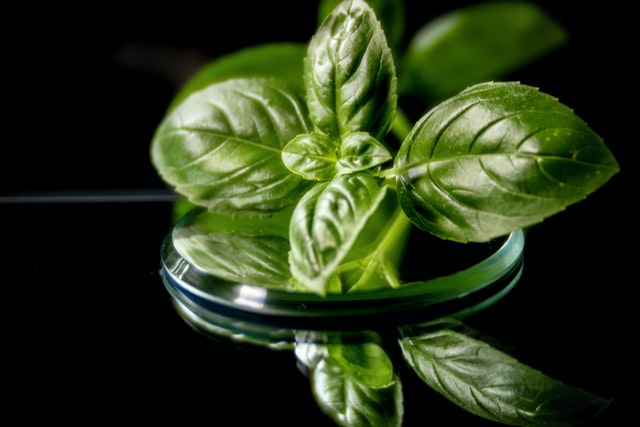
Basil is a fragrant, leafy green plant native to Asian countries. It’s a part of the standard mint family, and there are several kinds. This aromatic herb is famous as a culinary flavoring that is also used in drinks and remedies, which may give a variety of health advantages. Basil is most commonly used in food, such as marinara sauce, oil, or kinds of vinegar. However, it may also be drizzled over side dishes.
To get the full taste out of the leaves, rip them rather than slice them. Sweet basil has a light taste with a dash of black pepper and faint anise and minty overtones. It’s not as powerful as the Thai version, which has a pronounced black licorice aroma. Fresh basil, whether raw or cooked, offers a unique, well-loved taste to a variety of recipes.
🫑 Thyme
The flavor of common thyme is woody, minty, and somewhat lemony. There are over a hundred more types, many with names that correspond to their flavor qualities, such as orange thyme and caraway thyme. Thyme may be consumed fresh and is delicious in stews, roasted potatoes, plates of pasta, curries, pizzas, and other dishes.
It is ideal for topping up a recipe with some stems of thyme since it offers a fresh herbal flavor while also looking gorgeous. Thyme is a staple when it comes to sides or garnishes that go well with steak. Either fresh or dried, Thyme balances out the flavors and significantly contributes to beef meals of many kinds, including roasts and casseroles.
🔴Herbs🔴
🌺 Cloves
Cloves are dehydrated blossoms from the clove tree that originated in Indonesia. They are a widely used spice in broth, braises, meats, condiments, and risottos. Because the structure of dried clove describes with those of a nail, their name originates from the Latin word “clavus,” which also means nail. Cloves can still be used whole or crushed.
To add variety and richness to a wide variety of meals, people frequently incorporate ground cloves in seasoning mixes, while whole cloves are in recipes. These little brownish pods are used to flavor meats, enhance sauces such as Worcestershire sauce, and even enhance spicy baked products. This fragrant spice has a delicately sweet flavor that adds a lot of heat to any meal. Cloves complement other rich, somewhat sweet spices like cinnamon and nutmeg because they contain a slight bitterness and pungency that complements the sweetness.
🌺 Onions
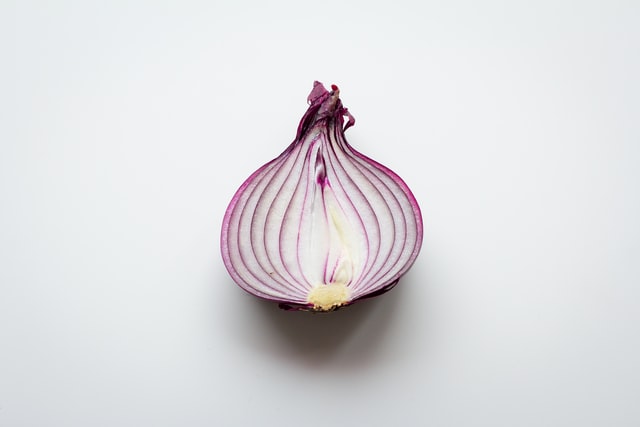
Like garlic, onions are also a very common type of flavoring. It also comes with a powder type if you want an intense onion taste. Onion powder is a crushed onion that has been dried and is widely used as a flavoring. It’s a frequent element in seasoned salts and spice blends like beau monde seasoning. Also, toasted onion is used in several variants. You can use white, yellowish, or red onions.
Onion powder adds an extra benefit that makes it quite handy in cooking. It distributes evenly throughout the meal, imparting a deep, all-over onion taste. Season soups and stews with it, make rich sauces and condiments, season savory dishes and vegetables, or use it as a basis for roasts and soy sauce. However, don’t consume too many of them because they might induce intestinal discomfort in persons with weak GI tracts or disorders such as irritable bowel syndrome and heartburn, leading to such as flatulence, cramping, constipation, and diarrhea.
🌺 Turmeric
It is a surprising member of the ginger family and has a bitter, pungent flavor with a warm undertone. So, if we discuss how turmeric does, it smells. As a result, it has a moderately aromatic smell with a hint of citrus or ginger. When cooked, the root of turmeric has a unique, incredibly pleasant scent that the powder does not have. When using turmeric root instead of powder in recipes such as curries, grate or slice it into small pieces.
Fry it in oil prior to adding the rest of the ingredients, just like the powdered spice. Add turmeric powder over rice, omelet, beans, stews, vegetables, roasted potatoes, and salads. The only limit is your creativity. You can even sprinkle turmeric over an ear of corn. The curcumin in turmeric is destroyed when it is cooked. Cooking turmeric for an extended period of time should be avoided. However, a fair bit of heat enhances its effects.
🌺 Anise
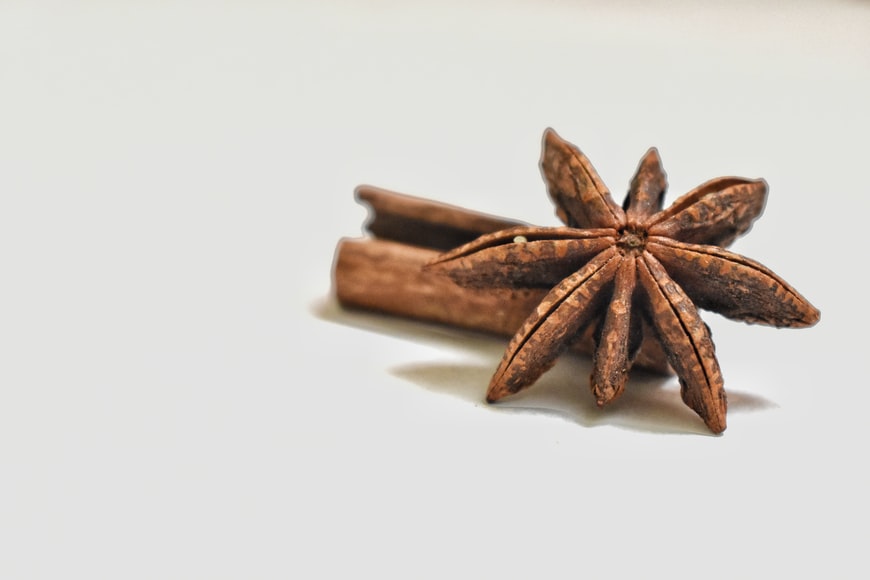
Considering its richness, the anise is frequently used in savory dishes, particularly those including meat. It is often graciously to pots, soups, and braising bone broth, which adds a natural sweetness like licorice. Whole or crushed anise can be used in cooking. Before baking, you may mix it into pastry products dough, fruit stuffing for pies, and ground beef.
Anise extract may be used to enhance baked items as well as beverages such as tea or hot chocolate. The seeds could be used to make licorice tea. The main culinary distinction between anise and star anise is that anise seed is more strong, almost peppery, and star anise is gentler. They can be used alternately in recipes, but you must modify the proportions to account for the Asian ingredient’s mildness.
🌺 Cilantro
Cilantro, like parsley, may be used to garnish a variety of cuisines, such as those found in Mexican cuisine. It’s also a popular ingredient in Portuguese and also Thai cuisine. Cilantro has a solid herbaceous taste with citrusy and pepper undertones. While for some, Cilantro makes it taste fresh and lush, for others, it tastes like detergent or even steel. Other types of Cilantro are available in addition to the typical leaf cilantro.
Minced Cilantro can be combined with sour cream and then used to garnish chili, broths, and stews. For a healthy option, mix it with low-fat yogurt and use it in the same way. Both Cilantro and Coriander are derived from the same plant. In the United States, Cilantro refers to the plant’s stems and leaves, whereas Coriander refers to its seeds. While in other parts of the world, Coriander refers to the leaves and stems of the plant, whereas coriander seeds refer to dried seeds.
🔴Aromatic Herbs🔴
🌿 Mint
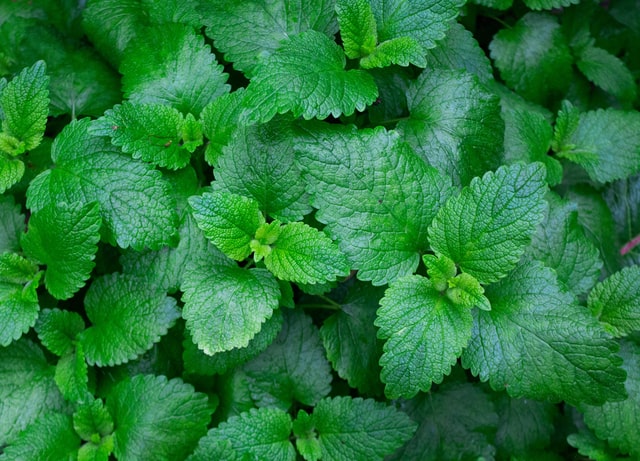
This is among the most multipurpose plants, serving as both a flavoring for mouthwash and chewing gum as well as a fragrant garnish that can enliven any meal, sweet or savory. Mint is frequently utilized in industrial goods and as a culinary plant. For the most refreshing flavor, add it to beverages and cocktails. Take gorgeous leaves and use them to decorate dishes or to provide a stunning green glow to salads.
You can even put it to make your pesto delicious. There are two types of mint that we employ in cooking: spearmint and peppermint. Each has stems that are squared off and feature brilliant green bow leaves. Peppermint has a stronger flavor and perfume, while spearmint is much more subtle and sweet. Spearmint is often utilized in a variety of dishes, including meat, vegetables, and, of course, peppermint juleps and mojitos.
🌿 Coriander and Cumin
Coriander seeds are often roasted and pulverized before use; otherwise, they can be challenging to chew. Crushed Coriander is a spice that is used in recipes such as curries and baked products. Lightly roast them in a skillet or in the oven at a low temp before grinding them using a spice grinder to make powdered Coriander. Coriander has a lemony, nutty, and toasty flavor.
Due to the apparent contrast it provides, it goes nicely with rich meats. Cumin and lamb go well together because cumin’s pungency is an excellent counterpoint for the chewy taste of lamb. Cumin is particularly well-suited to curries made with lamb. On the other hand, Cilantro has a more pleasant and lemony flavor, which is why it’s widely used as a topping in many recipes. On the other hand, Coriander has more heat and a spicy taste. That is why it is more usually used in curry, risottos, broth, and meat rubs.
🌿 Parsley
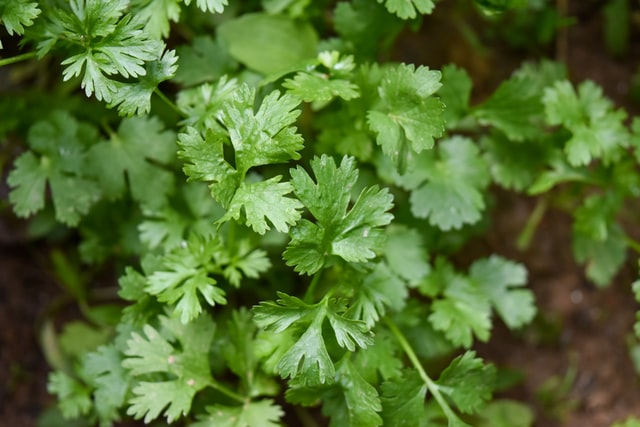
Along with its fresh flavor, You may use parsley in a variety of dishes ranging from stews to sauces to veggies. Parsley may be used as a topping in soups or blended with vegetables and meat. Parsley has a crisp, peppery flavor with a hint of elegance, making it an excellent all-purpose herb in the kitchen.
A fragrant natural oil runs through every leaf, and it is this that gives it its distinct flavor. Put minced parsley on just about everything: don’t cut it too finely. More significant portions are more appealing and flavorful. Toss it on top of grilled veggies, baked potatoes, a cold fresh salad, casseroles, stews, noodles, and rice meals. Parsley can also be used as a preserved spice or even as a fresh herb. Dried flakes are typically used for hot foods like stew and pasta, while the fresh herb is a terrific accent to salads and sauces.
🌿 Chives
Chives taste similar to their cousin’s scallions, onions, and leeks. It also has a moderate flavor with a touch of garlic. Chives are a high-nutrient food. This implies they’re low in calories but abundant in nutrients like vitamins, minerals, and enzymes. However, to receive a considerable number of these nutrients, a person would have to consume a substantial amount of chives.
Instead, chives are frequently used as a garnish. The most frequent way to consume chives is to slice them into little choppy layers and sprinkle them as a decoration on cooked dishes. On the other hand, Chives may be eaten raw or cooked in more considerable quantities. Some simple ways to incorporate more chives into your diet include sprinkling them over garlic toast.
🌿 Oregano
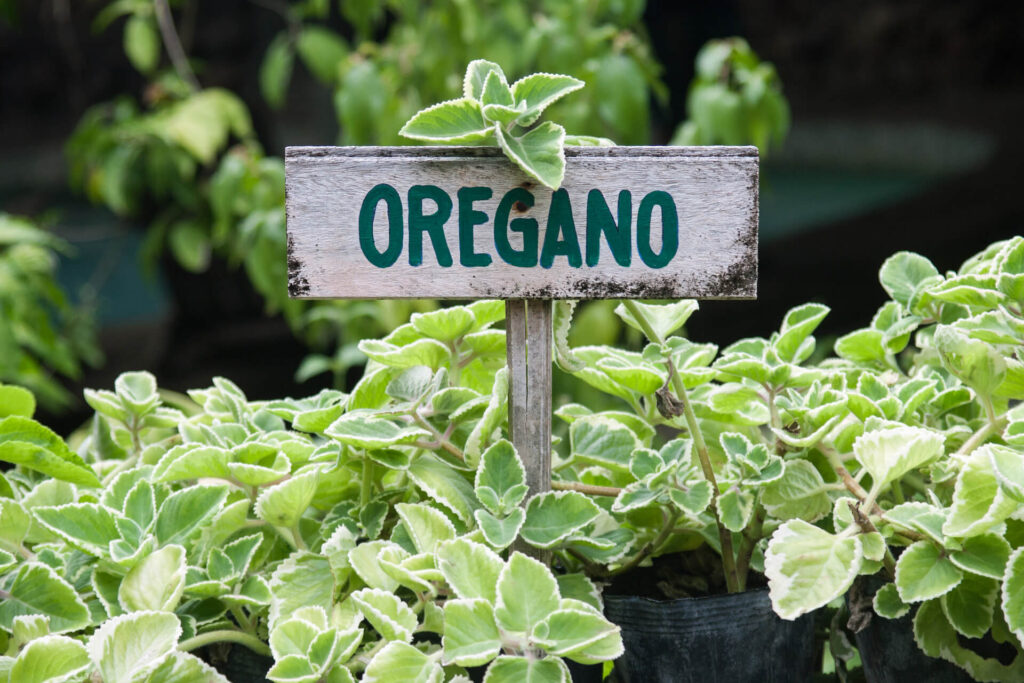
Most individuals can tolerate oregano in its herb form. If you have an allergy to mint, you must use caution when using oregano. It is really safe for pregnant women to consume oregano, either fresh or dried. Pasta sauces, soups, omelets, meat dishes, and other oregano-based foods are safe. Oregano is commonly used in tomato-centric dishes such as Italian food sauce, as well as olive oil-based foods.
Oregano and olive oil are frequently combined to make fragrant oregano oil, creamy Italian dressings, and sauces for lamb, poultry, and beef entrees. Fresh oregano has antimicrobial properties. It contains phytonutrients that help fight infections. It’s high in antioxidants, which help protect cells from damage, and it’s high in fiber, iron, vitamin K and E, manganese, tryptophan, and calcium.
Bottom Line
The taste for spicy food may even be genetic. And if you are thinking about training a bit to up your tolerance for spice, you must know that pain doesn’t get any better, but you just get more challenging. Researchers have found that people who like to eat spicy foods do not rate the pain. So torment your heta receptors all you want. But remember, when it comes to spicy foods, you are still going to get burned. Happy eating!
